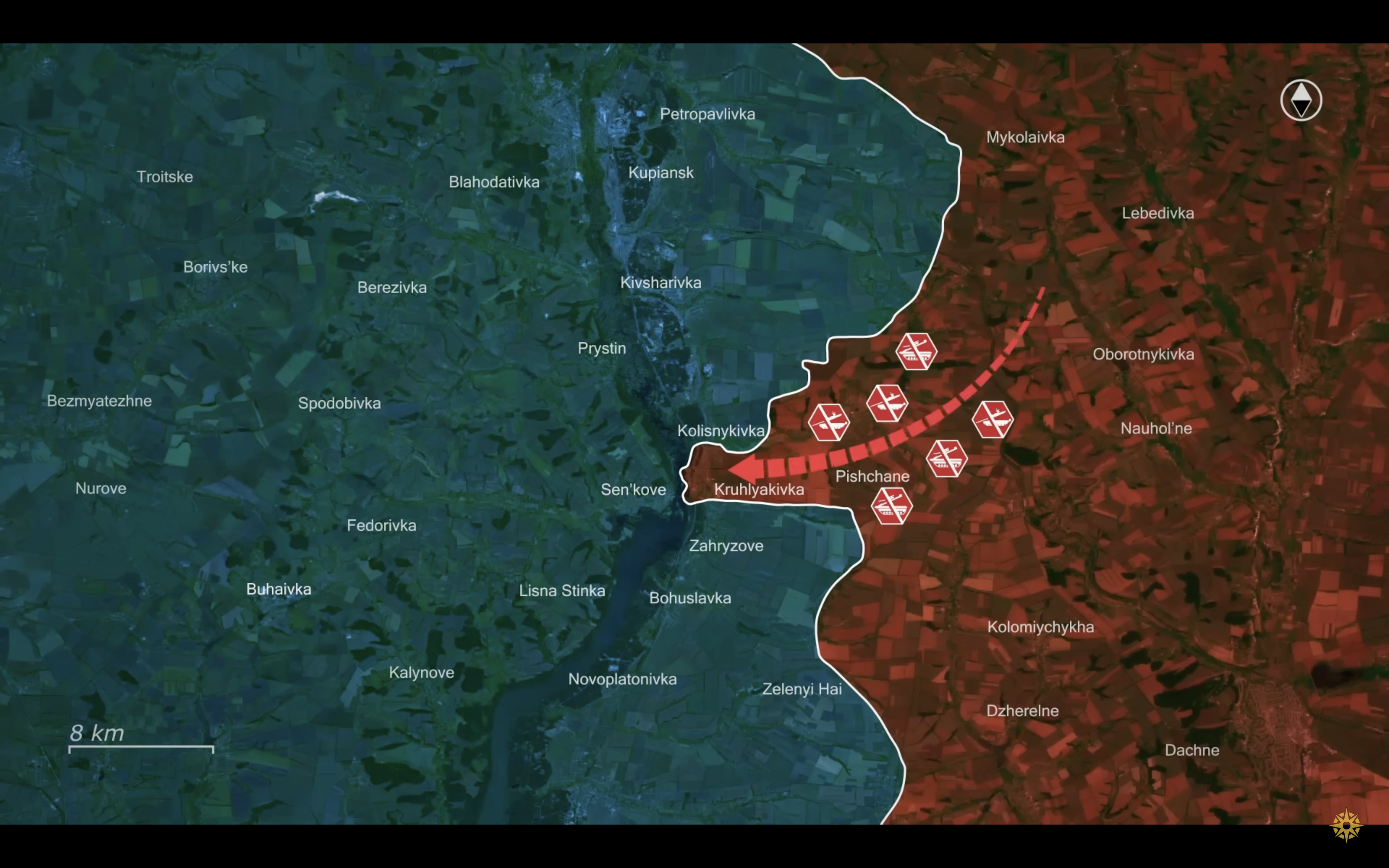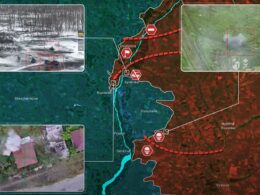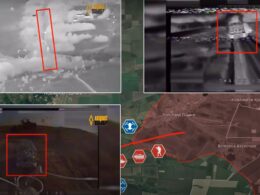Today, there are a lot of interesting updates from the Kupiansk direction, Kharkiv Oblast.
Here, the Russian forces push forward in their bid to expand control along the Oskil River, relying on mechanized assaults to break through Ukrainian defenses.
However, with poor logistics and relentless Ukrainian drone strikes turning their armored columns into burning wrecks, the battle for Kupiansk’s southern flank becomes a brutal test of endurance.
The goal of Russian forces in the area is to expand their control along the Oskil River and reach the city of Kupiansk. This is the most important sector of their longstanding effort to eliminate the Ukrainian bridgehead across the Oskil River, consolidating their gains in the Luhansk region on an operational level.
To achieve this objective, Russian forces have slowly worked their way to the river at the settlement of Kruhliakivka. To further support these efforts, Russians are trying to reinforce their infantry along the river with armored units, hoping to give them the firepower needed to finally achieve a breakthrough.
If we take a look at the topographic map, we can see that the main advantage of the Russian forces is their high-ground positions from which they can support their efforts along the Oskil River. Furthermore, the gully through the settlement of Pischane is surrounded on two sides by these high grounds, allowing them to move their forces through here in relative safety from direct Ukrainian fire.
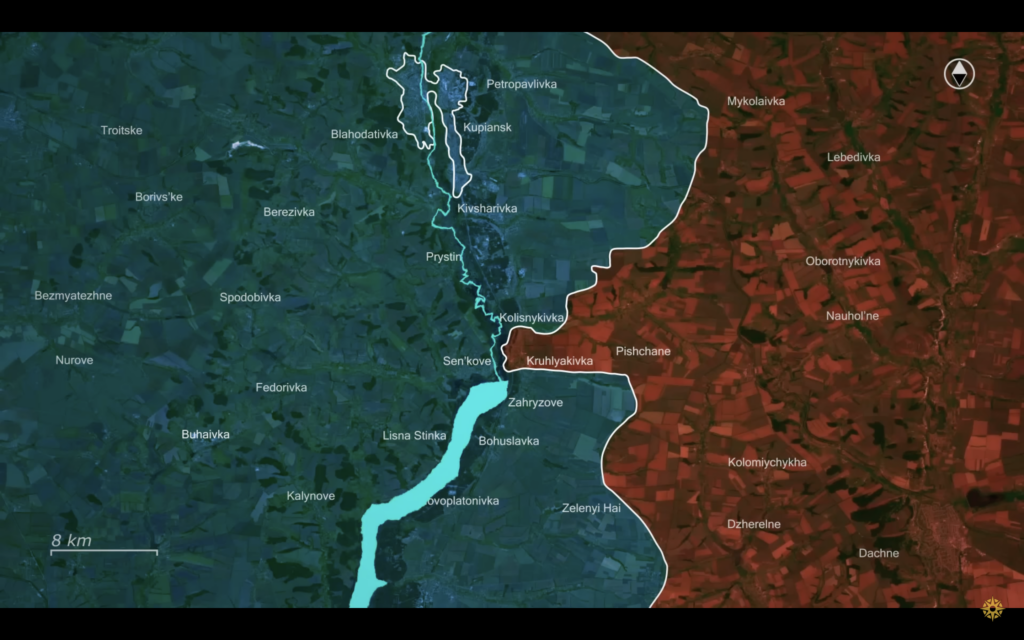
However, Russian movement through the gully is heavily complicated by the absence of hardened roads through the lowlands. With the lowlands also being more prone to flooding and muddy terrain, this path becomes basically unusable during the muddy seasons. This forces Russians to increasingly use the roads on the high ground, risking increased exposure to Ukrainian fire.
Furthermore, Russians operate over 40 kilometers from their supply hub in Svatove, decreasing the effectiveness of their supply lines. Additionally, once they attempt to drive toward their positions along the Oskil River, Russian forces quickly come under an intense Ukrainian crossfire, with FPV drones flying in from both sides along the entire stretch of their spearhead.
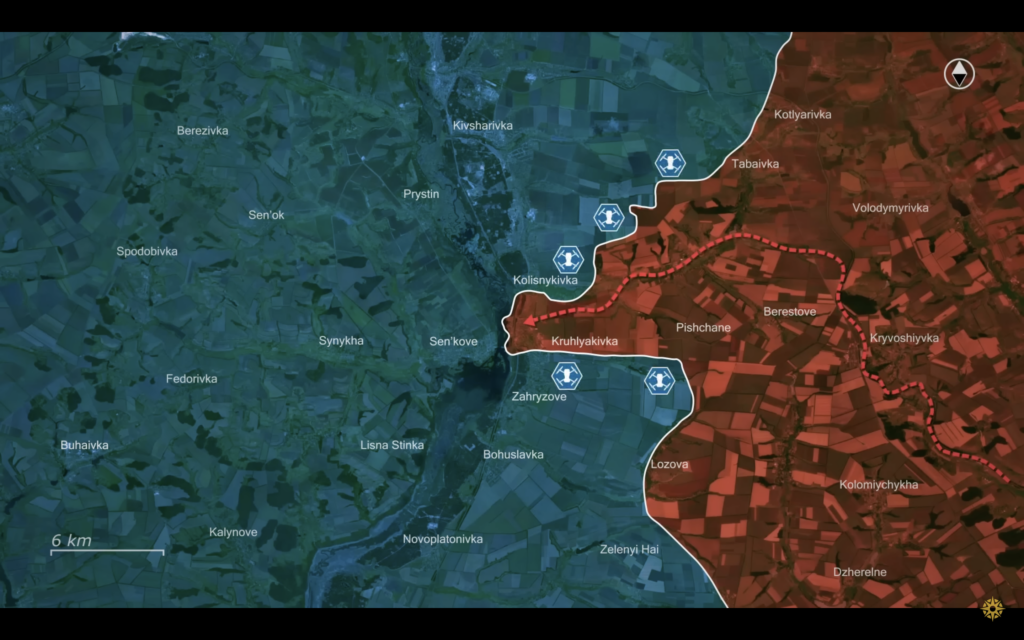
Trending Now
The fact that Russians must drive 15 kilometers to reach the river, along with their diminished maneuverability and lack of cover, gives Ukrainian drone operators plenty of time to detect Russian vehicles moving toward the river and unleash a swarm of FPV kamikaze drones on them.
Geolocated footage reveals the detection of Russian BTR-82 armored vehicles moving to dismount stormtroopers at Kruhliakivka. However, unfortunately for the Russians, the drone operators of the Achilles battalion of the Ninety-Second Infantry Brigade quickly detected them and knocked out the vehicles, which forced the infantrymen to try and advance on foot.
This only exposed them to additional strikes where the drone operators eliminated the Russian soldiers one by one. At the end of the operation, in just several minutes, the Ukrainian drone operators managed to knock out four Russian BTR armored vehicles and seven soldiers, while the remaining survivors were forced to withdraw.
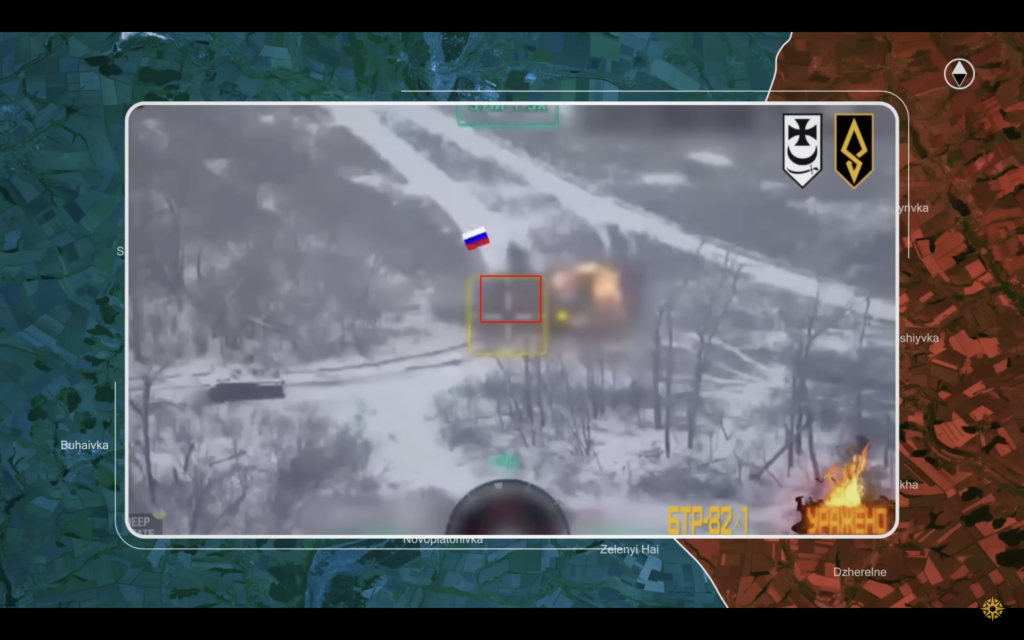
Hereafter, Russians continued sending additional waves of mechanized units, including tanks to reinforce their infantry fighting along the riverbank. This only led to an increase in losses as the Ukrainian drone operators kept destroying any Russian armored equipment attempting to reach the fighting along the river. As a result of these operations, the Ukrainians destroyed over 15 Russian armored vehicles in the last 5 days alone, with many more destroyed in previous weeks.
Overall, due to the poor logistics and lack of infrastructure in the southern flank of Kupiansk, the Russian forces were exposed to precision strikes by FPV kamikaze drones of the Ukrainian Achilles Battalion of the Ninety-Second Infantry Brigade. The success of the Achilles battalion in repulsing several Russian mechanized attacks on the southern flank of Kupiansk over the past months allowed them to expand from a battalion to a regiment, increasing the size of their unit by nearly four times.
The huge influx of new Ukrainian drone operators will allow them to counter the Russian attacks to even greater effect, further deteriorating the Russian situation here and possibly even setting conditions for Ukrainians to retake the east bank of the Oskil River.
In our regular frontline report, we pair up with the military blogger Reporting from Ukraine to keep you informed about what is happening on the battlefield in the Russo-Ukrainian war.

